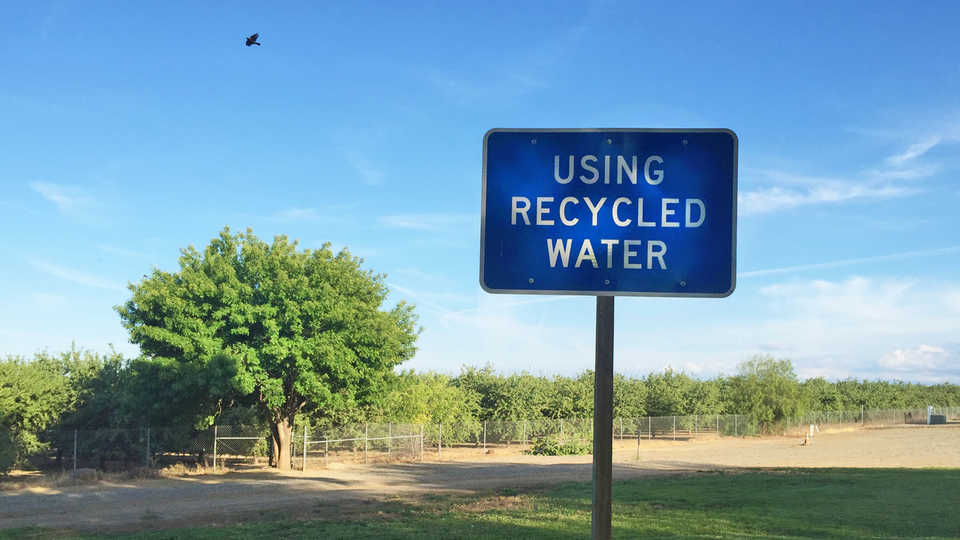Science News
Bay Area Officials Talk Drought Solutions

Yesterday, during a rare late spring rainstorm, the Climate Readiness Institute (CRI) convened a large group of people to talk about water in the Bay Area. Those speaking and listening represented water districts, utilities, city governments, regulators, organizations, developers, and academic institutions. They came together to discuss how we’re adapting to current extreme drought conditions, how the drought has impacted the region, and how we’ll need to prepare for a future that will potentially be even more dry.
The Climate Readiness Institute is a partnership between UC Berkeley, Lawrence Berkeley Lab, UC Davis, and Stanford University. Collectively, these organizations are trying to address climate change with broad-based solutions that promote adaptation and mitigation by looking at the problems holistically. Rather than relying solely on academics (scientists, social scientists, and others) for solutions, the effort includes governments, organizations and others to find ideas that will work for everyone—all incomes, ethnicities, and more!
To kick off the day’s event, various utility, city, and water district officials shared their successes and challenges managing water resources. Those in the East Bay have found success in reducing water-use by limiting residential users’ outdoor watering: residents are restricted from watering their gardens during the day and are encouraged to convert their water-hungry grass lawns to drought-tolerant plants via incentive programs. Those government agencies are also working with industries to recycle water and to use graywater. These efforts also require balancing priorities within a city government. North Bay utilities are working to partner with each other to create common restrictions and guidelines for their users.
Bruce Riordan of CRI then asked the panelists how CRI could help with any barriers the cities and utilities are finding. The panel (and audience members) had many suggestions: examining alternative water sources (recycled, groundwater, and more) and taking into account the energy requirements for these various water sources, researching case studies from across the country and compiling best practices, providing a big picture of what’s going on statewide and sharing how to find and coordinate funds to develop new practices.
Next up was another group of panelists that provided an idea of the impacts felt around the Bay Area due to the drought—beyond water use. Representatives spoke about the effects on the environment (trees dying in forests in Southern California), public health (drinking water quality and availability, disease, air quality, and mental health issues), the economy (agriculture, jobs, development, cost of living and cost of doing business), and human rights (equal access to available water).
Finally, David Sedlak of UC Berkeley’s Water Center led the group into the future, offering a picture of conservation and diverse water sources from 2015 to 2050. His view of the future includes the 25% water reduction mandated by Governor Jerry Brown—not just for now but forever. Then, investing in stormwater management and groundwater recharge, recycling wastewater for potable water, and embracing desalination to get us to sustainable supply and demand in the future. Other panel members mentioned sustainable development (infill versus sprawl), protection of natural watershed land, and political leadership as solutions for the future.
The meeting welcomed discussion among all the participants to solve these life-altering problems with water in the Bay Area for now and into the future, giving us a bright—and wet—picture of water management for times ahead. Follow the summary and emerging actions from this meeting on CRI’s website.
Image: Jessica Decker